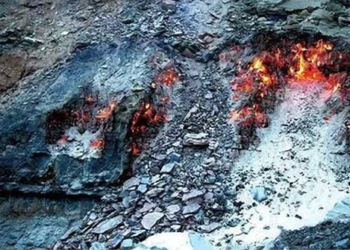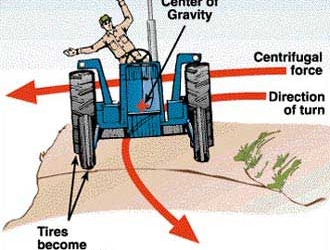In March 2011, a powerful 9.0 magnitude earthquake struck offshore in eastern Japan, shifting the Earth’s axis and shortening the length of a day.
This earthquake, the most powerful in Japan’s history, caused the Earth’s axis to shift by approximately 17 centimeters and may have moved the main island by about 2.4 meters. Similar to other significant earthquakes, it also altered the rotation speed of the Earth, as reported by IFL Science on March 9.

The Earth’s axis changed after the 2011 earthquake in Japan. (Photo: Jim Barber).
“Earthquakes can change the Earth’s rotation by rearranging the planet’s mass, similar to how a figure skater spins faster by pulling their arms in,” explained Dr. Richard Gross at NASA’s Jet Propulsion Laboratory. “This earthquake certainly shifted the average mass closer to the Earth’s rotational axis, causing the Earth to spin faster and shortening the length of a day slightly.”
By examining the mass distribution model of the Earth before the earthquake and estimating how the fault slipped during the quake, Gross was able to calculate how the mass distribution changed. Then, using the conservation of angular momentum, he could determine how the Earth’s rotation was affected based on how the mass was rearranged.
The earthquake off the coast of Japan caused the Earth to spin faster by approximately 1.8 microseconds. In comparison, the 2004 earthquake in Indonesia shortened the length of a day by an estimated 2.68 microseconds. Earthquakes are not the only events that affect the Earth’s rotation. According to Dr. Benjamin Fong Chao at NASA’s Goddard Space Flight Center, any event that moves mass impacts the Earth’s rotation, including seasonal weather, sea level changes, and movements within the Earth’s crust, with the most significant factor being the Moon.
By examining ancient coral samples, scientists speculate that the Earth rotated faster 444 to 419 million years ago. Daily, corals add a new layer of calcium as they grow. Since corals grow more vigorously during dry seasons compared to wet seasons, researchers can count the layers of calcium carbonate each season and calculate how many days were in a year. Using this method, researchers estimated that the Earth had 420 days in the period of 444 to 419 million years ago before slowing down under the influence of the Moon.





















































